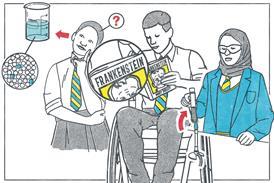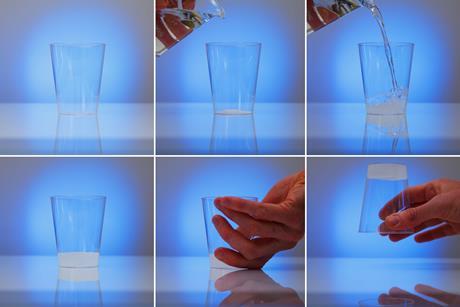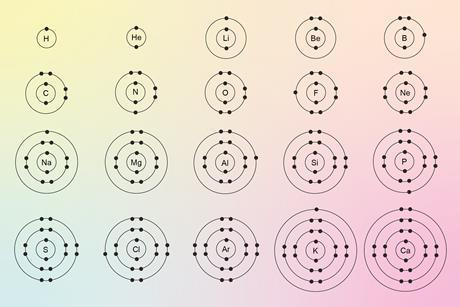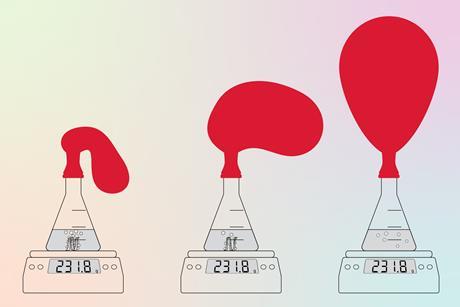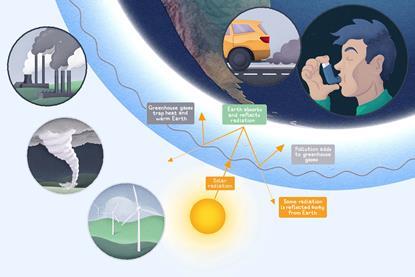Make water ‘disappear’ with a superabsorbent polymer
Use just sodium polyacrylate, water and table salt to amaze learners and show how chemists modify materials for their purposes
Sharing science stories
Tell a tale of a chemistry discovery (or disagreement!) to engage and inspire your students
Make revision active
Consolidate knowledge, encourage independent learning and help students self-assess with this activity
5 ways to teach excess and limiting reagents to 14–16 learners
Tips for helping learners get to grips with this tricky part of quantitative chemistry
Make water ‘disappear’ with a superabsorbent polymer
Demonstrate electrochemistry with a gravity cell
Experiment with surface tension and convection currents
Dissolve coloured sweets to create a rainbow
Demonstrations with dry ice
- Previous
- Next
Gain insight into students’ understanding through drawings
How to develop your recognition and interpretation skills to better evaluate learners’ chemical representations
How metacognition improves student engagement and outcomes
Two strategies to improve learners’ thinking about thinking when solving chemistry problems
How PhET simulations help students with abstract concepts
Use digital resources to improve students’ chemistry learning outcomes
Why teachers matter more than AI
Teachers turn students into learners and help young people improve their metacognitive functions
Why detentions don’t work
Attention rather than detention is the way to foster positive behaviour in students
And the survey says …
The Science Teaching Survey tells us what it’s like to be an educator today, and helps the RSC Education team provide effective support to you and influence policymakers
